|
Pakatan Harapan witnessed its fourth defeat in the Tanjung Piai recent by-election suggesting Malaysians are not satisfied with the performance of the incumbent government. Against this political backdrop, here are our top five predictions for Malaysia’s property market next year. By Khalil Adis If the recently concluded by-election in Tanjung Piai is anything to go by, the mood on the ground is clear - Malaysians are frustrated with the lack of reforms, election manifestos that were rescinded, high cost of living, in-fighting among its leaders and a society that appears to be increasingly divided along race and religion fault lines. Indeed, the Tanjung Piai by-election witnessed Barisan Nasional candidate Datuk Seri Wee Jeck Seng winning by a landslide with a 15,086-vote majority. In total, he garnered 25,466 votes. In contrast, Pakatan Harapan’s candidate from Bersatu, Karmaine Sardini obtained 10,380 votes. The by-election is particularly significant as Tanjung Piai has a sizable Chinese and Malay voters. Collectively, this does not bode well as the property market is very much sentiment-driven. In addition, the latest trade data from Bank Negara showed that Malaysia’s economic growth had slowed down from 4.9 per cent in the second quarter of 2019 to 4.2 per cent in the third quarter. With a lacklustre economy, a looming global recession and job retrenchments, here are our top five predictions for Malaysia’s property market in 2020. #1: Kuala Lumpur: High-end properties in KLCC will be the first to be affected KLCC is a good barometer of the global economy as it attracts foreign investors, speculators and wealthy locals. It also attracts a sizeable expatriate community who are renting properties here either under a corporate or personal lease. As such, this is the first sector that will be hit once the economy comes to a grinding halt and they are sent packing home. This is because landlords who own high-end properties here are hardly able to cover their mortgage even with such tenants secured, resulting in negative cash flow. Should retrenchments occur, the exodus of the expatriate tenant pool will be a double whammy as landlords are faced with a loss of income and still having to service their mortgage. Those who face difficulties will be forced to offload their properties. Historically, the 2008 crisis witnessed the resale values of properties here declining by around 15 to 20 per cent. One solution for landlords is to convert their homes into Airbnb units. Then and again, the short-term lease market is extremely competitive and no longer as lucrative as before. There is currently a price war among online hotel booking sites and Airbnb resulting in a very low-profit margin for such property owners. #2: Kuala Lumpur: Supply glut makes renting even more attractive According to the first half of 2019 data from the National Property and Information Centre (NAPIC), entire Malaysia has a total of 54,0078 overhang units worth RM37, 229 million. Kuala Lumpur has 4,731 such units worth RM4,599.30 million. With so much supply in the market, those who are struggling to purchase their first home may want to rent instead. Alternatively, you may want to opt for the Rent-To-Own (RTO) scheme. This is specifically for those who are unable to afford the initial 10 per cent deposit and access to financing in purchasing their homes. Here’s how it works, you sign a tenancy agreement with the developer where part of your rental will be converted to your deposit. After five years, the developer will then ask you to sign a Sales & Purchase Agreement. Recently, the government announced that for Budget 2020, it will be collaborating with financial institutions for this scheme for the purchase of first home up to RM500,000 property price. Under this scheme, the applicant will rent the property for up to five years and after the first year, the tenant will have the option to purchase the house based on the price fixed at the time the tenancy agreement is signed. The government will provide stamp duty exemptions on the instruments of transfer between the developer and financial institution, and between financial institutions and the buyer in this scheme. #3: Iskandar Malaysia, Kuala Lumpur and Penang: Flight to safety among Hong Kong investors One man’s loss is another man’s gain. In Malaysia’s case, we have seen Hong Kong investors snapping up medium to high-end properties from Iskandar Malaysia to Penang due to the ongoing unrests happening in Hong Kong. This will also help to reduce the overhang in the property market resulting in improved cash flow among developers. These investors are cash-rich which is music to the ears for property developers. So amid the gloom and doom, the protests in Hong Kong has given a flicker of hope for the real estate sector which has been in the doldrums. The result is a positive trickle-down effect for the Malaysian economy and helping to create jobs in the property, law and finance sectors. #4: Iskandar Malaysia, Kuala Lumpur, Selangor and Penang: Affordable homes will continue to be in demand While the government has announced various initiatives such as Fund for Affordable Homes and Youth Housing Scheme, I believe that young Malaysians should instead focus on buying from private developers through the Home Ownership Campaign (HOC). This is because land is a state matter and the federal government may have difficulty implementing such homes across Malaysia. We have already seen from the previous budgets how homebuyers were left stranded when PR1MA was not able to deliver the 1 million units that were promised. The lack of a single government agency to spearhead the affordable home segment also complicates the matter and may mean one government agency may not be communicating with another. In addition, the limitations that are imposed on low-cost housing built by either the state or federal government may impact your capital appreciation in the future. Private developers are in the business and have to means to deliver such homes. Take advantage of the HOC as you can get a 10 per cent discount for qualified properties that will be matched with stamp duty exemptions. You may also want to apply for a home jointly with your spouse or another single. This will enable you to combine your finances leading to a higher chance of getting your loans approved. This is for those who do not want to take part in the RTO scheme but instead come up with the 10 per cent deposit on your own. When choosing for a home, apply the 5CS. Check the masterplan: A masterplan would typically define a township’s development in the next one to two decades. Check the transport masterplan Generally, properties close to transportation hubs such as MRT or LRT stations can command a premium of between five and 10 per cent over the long term. Check budget allocation from the government Government policies do have an indirect impact on a property. For example, budget allocation for improvements in public infrastructure and new economic drivers will have an impact on new and existing homes in and around the vicinity of an area. So check where the government is building new hospitals or schools. Check for economic drivers You should study an area before buying your property. The best strategy is to buy in an area that is not yet developed but where there are plans for various economic drivers. A government-mooted economic corridor or a reputable developer that has experience in building townships are great indicators if the area will ‘succeed’ or not. Check for job creation This is like feeling someone’s pulse. You need to check if the township you are eyeing is going to be a ghost town or a happening place. If it is the former, perhaps you should stay away. If it is the latter, more and more workers will be drawn there, becoming a magnet for people and a hive of activity. People are the lifeblood of a neighbourhood. As the area becomes highly desirable, people will naturally want to live and work in and around the vicinity. As there is an increase in demand, property prices in that area will also rise. That is how property prices appreciate. #5: Confusing message from the government may result in a “wait-and-see’ situation among foreign investors Recently, the federal government had announced that it was reducing the minimum purchase price from RM1 million to RM600,000 to reduce the overhang in Malaysia’s property market.
To reduce the overhang, Budget 2020 now allows foreigners to buy completed and unsold units that are priced above RM600,000. Subsequently, Housing and Local Government Minister Zuraida Kamaruddin clarified that will be implemented only for a year starting from 2020. However, each state has the right to implement its own minimum purchase price which makes the implementation difficult. In addition, Malaysian My Second Home (MM2H) applicants now can no longer import a car according to MM2H agents who are involved in such applications and will require additional approval from the Housing Ministry This, they said, results in longer processing time and sends a confusing signal to foreign investors on Malaysia’s intention to lure foreign investors. So, except for Hong Kong investors, the rest may likely adopt a wait-and-see” approach until they see some clarity.
4 Comments
Here are our top five predictions as the Lion City braces for slower economic growth and the possibility of a recession next year. By Khalil Adis Singapore had narrowly missed a technical recession in the third quarter of 2013 growing by 0.1 per cent on a year-on-year basis according to advance estimates from the Ministry of Trade and Industry (MTI). Still, the economy remains muted as the labour market continues to soften while retrenchments are on the rise. We are already seeing firms asking employees to take a shorter workweek, particularly in the manufacturing sector as this is most affected by the ongoing global headwinds. Given the trade war will likely persist in 2020 combined with a bleak job market ahead, here are the possible impacts on Singapore’s property market. #1: High-end properties will likely take the first hit High-end properties are those that are located in Districts 1, 2, 9, 10 and 11. These properties are first to take the hit should a recession occur next year as they are the most volatile - they are the first to rebound during an upturn but also the first to see the largest decline in capital values. Why is this so? This is because this market segment is driven generally by speculators and foreign investors. As the economy takes a hit, they are likely to offload the properties once they are unable to finance their mortgage or secure tenants. During the 2008 crisis, for instance, we saw properties in prime areas declining by as much as 30 per cent. Also, the cooling measures that were announced last year will likely see such buyers staying away from this market. The only exception is the ultra-high-net-worth individuals as seen in the penthouse unit at Wallich Residence that was purchase by British billionaire James Dyson in April this year. However, such buyers are far and few between. #2: Vacancy rates for high-end units will likely increase The soft job market and increase in retrenchments will see expatriates either being repatriated or a cut in their housing allowance. As such tenants generally favour renting homes in the prime areas, we are likely to see vacancy rates increase as they exit from the market or opt for cheaper housing options in the city fringe and heartland areas of Singapore. With an increase in vacancy rates, this will likely trigger a price war among landlords as they reduce their asking price in the hope of securing a tenant. As a result, rentals in the prime areas will likely decline as well. Again, this was seen during the 2008 crisis. #3: Mass market segment will be resilient Mass market homes are those that are located in the Outside Central Region (0CR) as defined by the Urban Redevelopment Authority (URA). Why are such homes more resilient compared to those located in the Core Central Region (CCR) and Rest of Central Region (RCR)? This is because the OCR is driven by genuine homebuyers and where the rentals are more affordable. While we will likely see a price decline in the secondary market due, it will not be as much as the prime areas. For instance, during the 2008 crisis, prices in the OCR declined by around 10 to 15 per cent. #4: Flight to safety in the mass market rental segment Having said that, the mass market segment is not immune to the economic slowdown and soft labour market. We are already seeing workers being retrenched or told to take a pay cut, particularly among those in the manufacturing sector. As the manufacturing sector takes a hit, so will the rental market. However, this market is still considered relatively affordable for the expatriate worker albeit with a reduced budget. Therefore, this market will see a flight to safety among the white-collar workers who do not mind living in the heartlands. Landlords will also likely to lower their asking price in a bid to continue attracting tenants. #5: Affordable homes will be in demand The property market is very much sentiment-driven.
However, the affordable home segment is different as it is driven by buyers who genuinely need a roof over their heads. As such, the HDB market will see good take-up rates particularly for homes that are being offered under the Build-To-Order (BTO) and Sale of Balance Flats (SBF) exercises. In November, for instance, the HDB launched 4,571 BTO units and 3,599 SBF units. The BTO units are located in Tengah, Tampines and Ang Mo Kio while the SBF units are located in both mature and non-mature estates. The Enhanced CPF Housing Grant (EHG) of up to $80,000 that was announced in September this year will provide a much-needed help for homebuyers in acquiring their first home and ease their property journey. |
Khalil AdisAn independent analysis from yours truly Archives
July 2023
Categories
All
|
100 Peck Seah Street
|
|
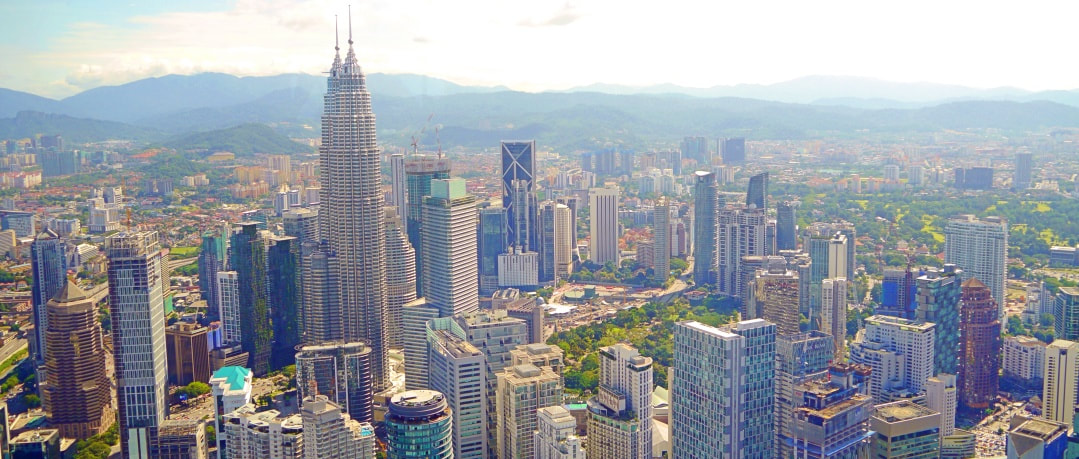
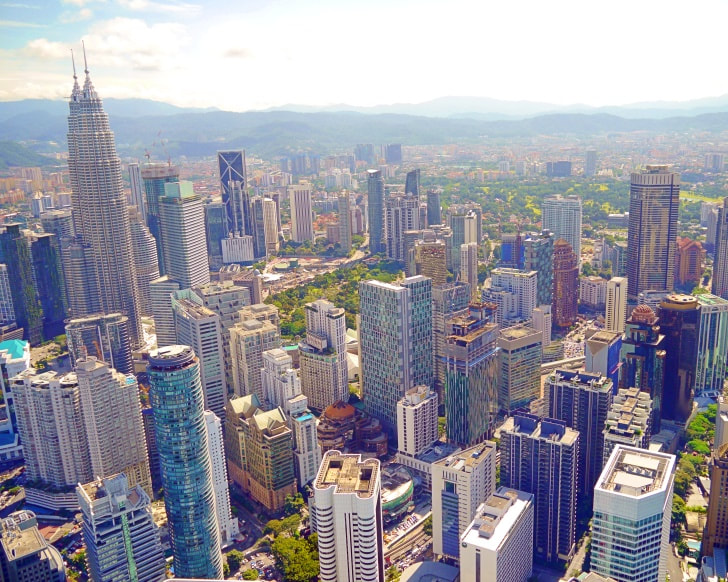
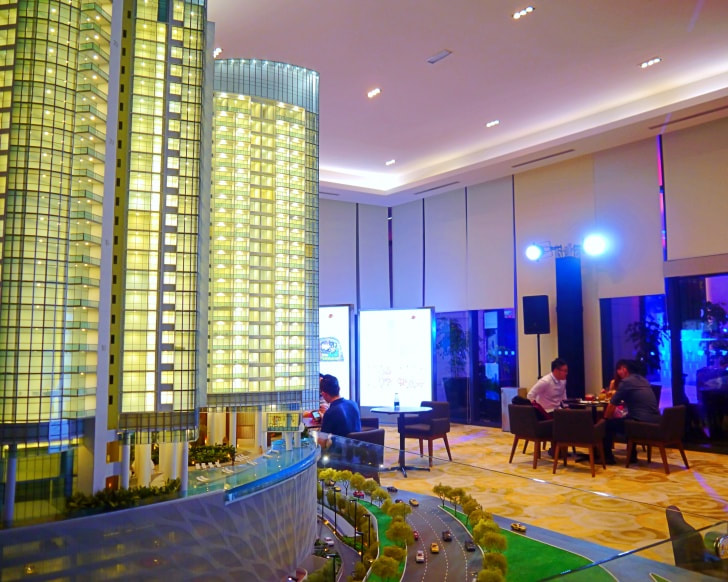

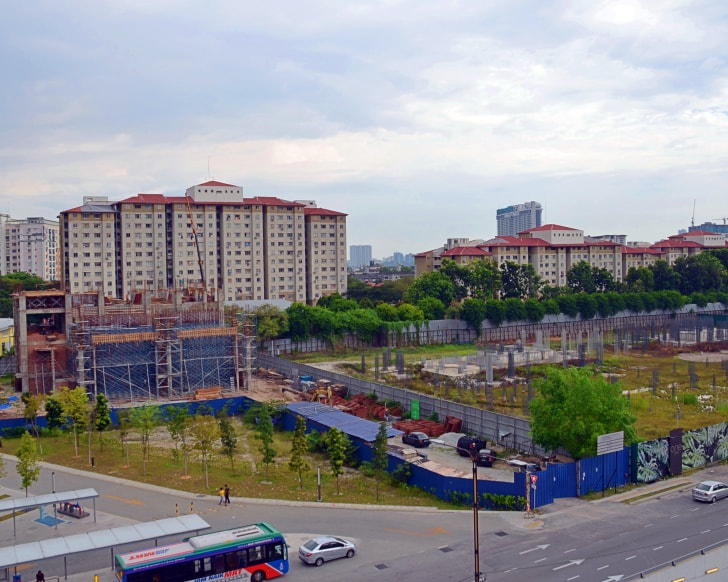
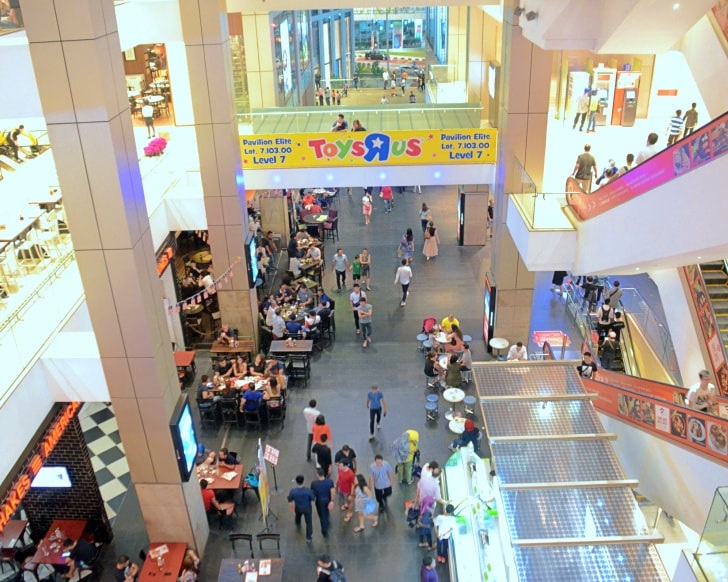
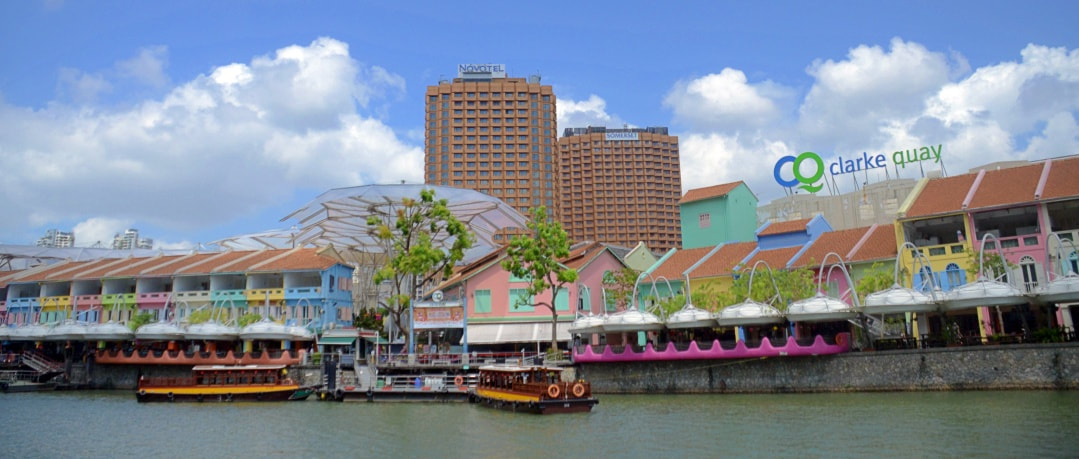

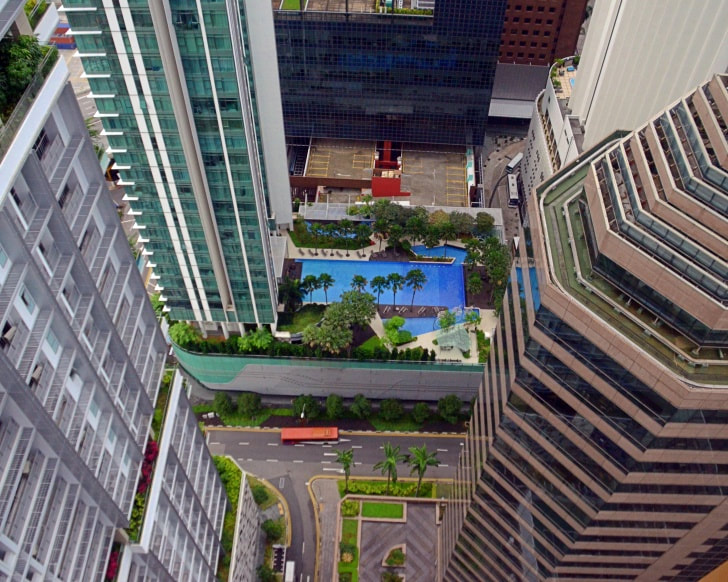
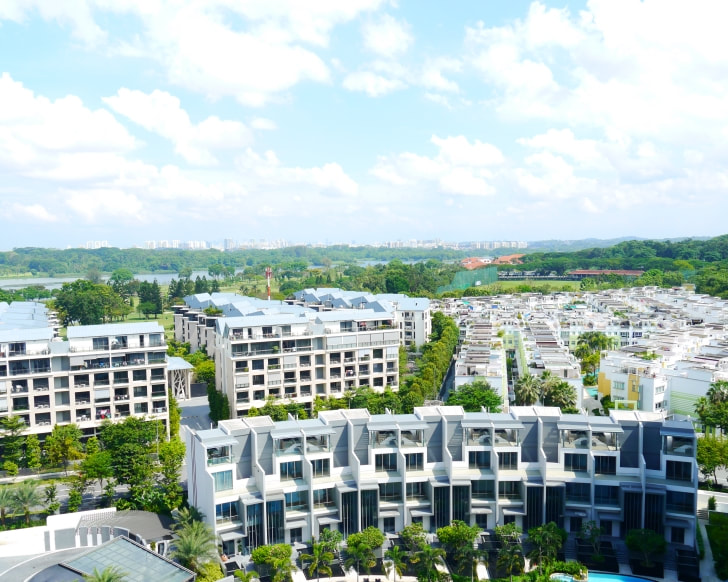
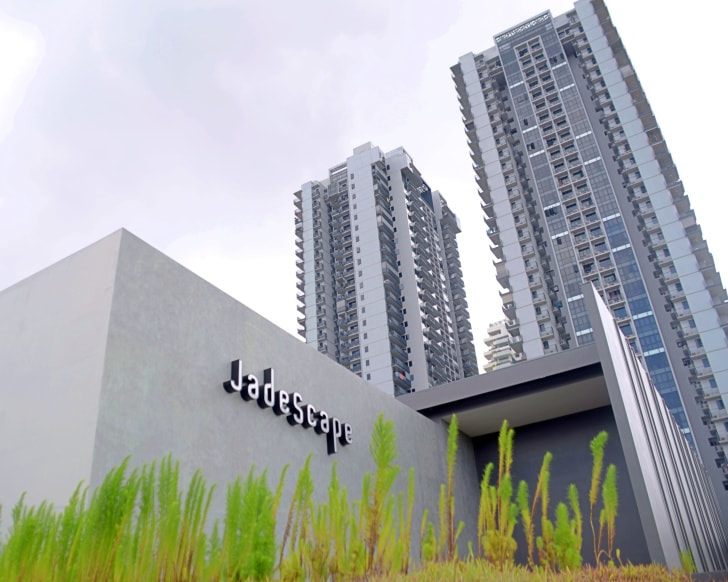
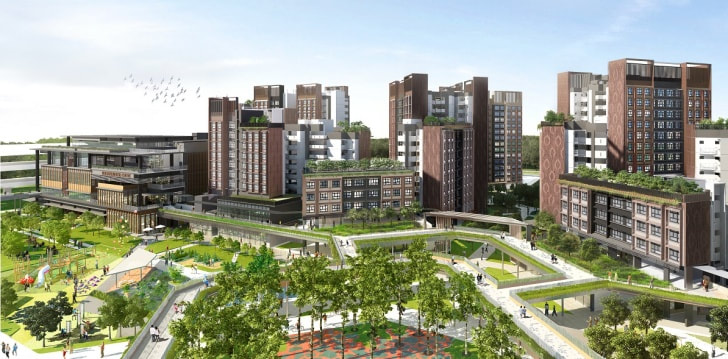
 RSS Feed
RSS Feed
